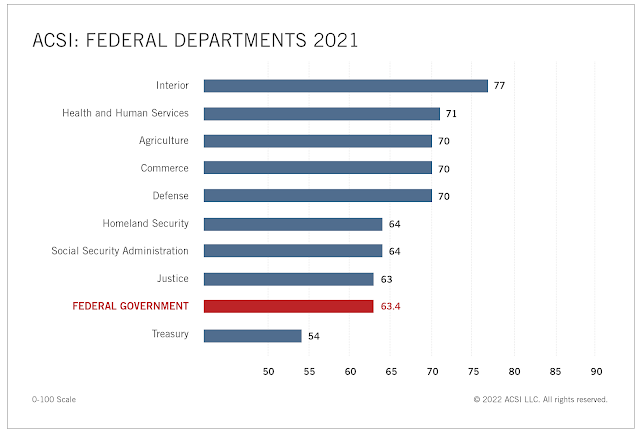From: ^Commissioner Broadcast
Sent: Friday, January 21, 2022 8:58 AM
Subject: Reentry Update
A Message to All SSA Employees
On Wednesday, I shared that we reached agreement with our
three labor unions. I have additional
updates to share about timing.
We are planning reentry and the implementation of new
telework schedules for most employees on March 30, 2022. This date allows us to ensure that the
necessary measures are in place to keep you and the public safe, is consistent
with our union agreements, and gives us time to provide you with appropriate
notice of return.
I appreciate your patience while we continue to work
through the reentry process. In early
February, your managers will talk with you about telework eligibility and the
days for your position, as well as explain next steps including when and how to
request telework.
We anticipate that field offices will restore increased
in-person service to the public, without an appointment, in early April. As we expand the availability of in-person
service, we will continue to encourage the public to go online, call us for
help if they cannot complete their business online, and schedule appointments
in advance. Customers who walk in
without appointments may encounter delays.
We will begin limited in-person hearings in March with
our management judges and plan to expand in-person hearings in the spring and
early summer based on required notice to affected claimants.
Please plan according to the dates above. We will continue to monitor the course of the
pandemic, and our reentry plan allows us respond to changing pandemic
conditions.
I will continue to share updates as we move forward with
our preparations for reentry.
Kilolo Kijakazi
Acting Commissioner





